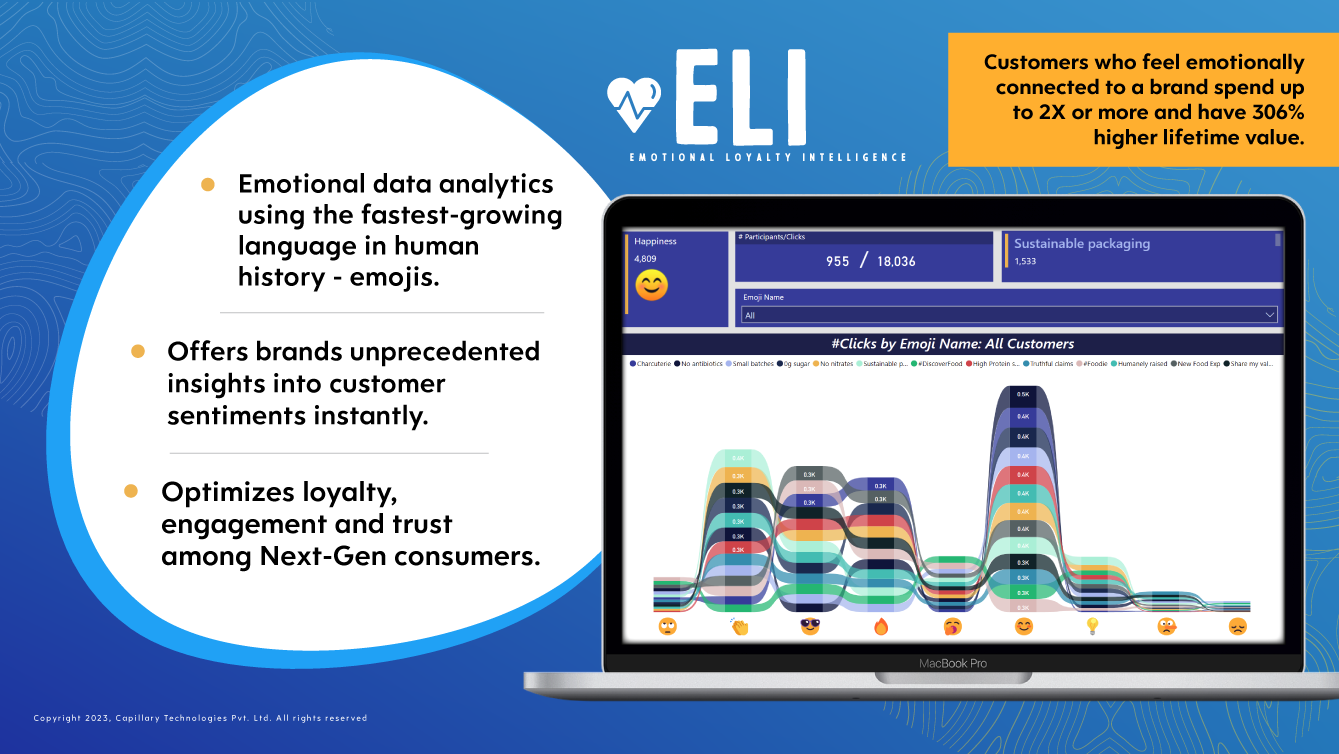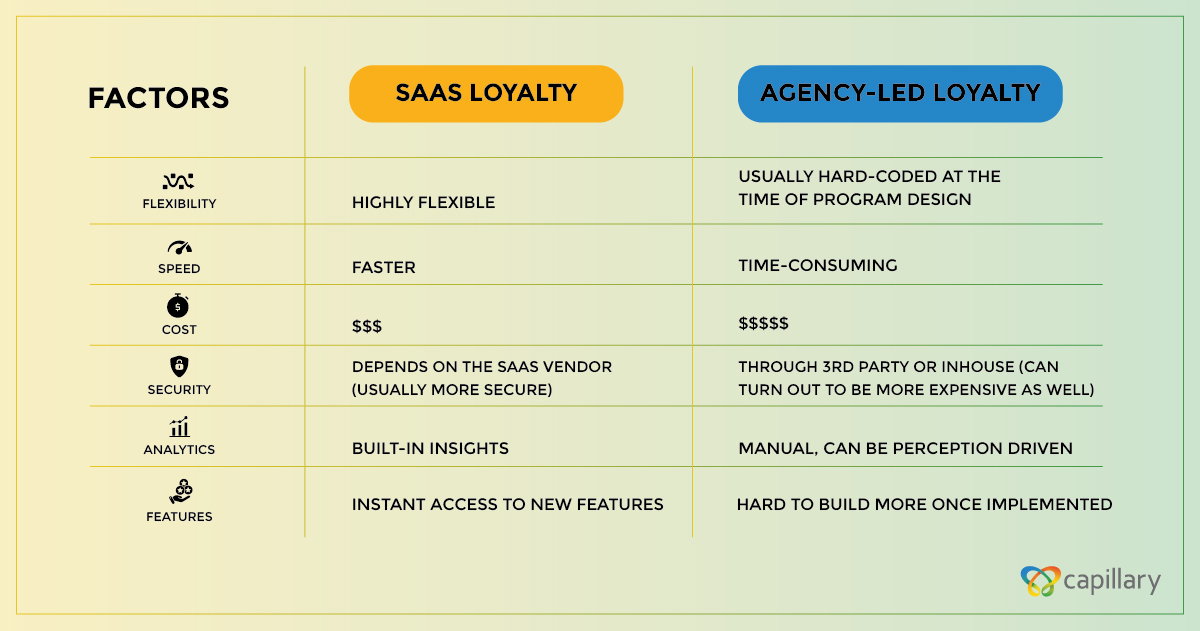Consumer Packaged Goods (CPG) brands operate in a highly competitive landscape, where consumers are bombarded with choices every day. In this environment, building and maintaining customer loyalty is crucial for long-term success. Loyal customers not only bring in consistent revenue but also serve as brand advocates, helping to attract new customers through word-of-mouth. To achieve this, CPG brands must focus on various strategies and innovations. In this article, we’ll explore how CPG brands can improve customer loyalty and provide concrete examples of successful approaches.
1. Personalization and Data Utilization
One of the key drivers of customer loyalty in the CPG industry is personalization. Brands that can tailor their products and marketing to individual customer preferences tend to enjoy higher customer retention rates. By leveraging data analytics and generative AI, CPG brands can gain insights into customer behaviors and preferences.
Example: Amazon is a prime example of a brand excelling in personalization. Their recommendation engine, powered by AI, analyzes a customer’s past purchases and browsing history to suggest products tailored to their interests. CPG brands can implement similar algorithms to offer personalized recommendations and promotions to customers.
2. Enhanced Customer Engagement
CPG brands can enhance customer loyalty by engaging with customers beyond the point of purchase. Building a sense of community, sharing valuable content, and addressing customer needs can go a long way in fostering loyalty.
Example: Oreo’s “Daily Twist” campaign is a great illustration of customer engagement. Oreo posted daily images of their cookies in various creative settings, tying them to current events and holidays. This kept the brand top-of-mind and encouraged customer participation by sharing their own Oreo moments.
3. Loyalty Programs
Implementing loyalty programs is a tried-and-true method to improve customer loyalty. These programs can offer rewards, discounts, and exclusive access to customers who consistently choose your CPG products.
Example: Starbucks’ loyalty program, Starbucks Rewards, is a notable success story. The program offers points for each purchase, which can be redeemed for free drinks and food. By making customers feel valued and appreciated, Starbucks has achieved impressive customer loyalty. (there’s a lot more to this story)
4. Product Innovation
Staying relevant and addressing changing consumer preferences is vital. CPG brands must innovate to meet evolving consumer demands, whether in terms of healthier options, sustainable packaging, or new flavors.
Example: Beyond Meat revolutionized the meat alternative industry by creating plant-based products that closely mimic the taste and texture of real meat. This innovation attracted consumers who were looking for healthier and more sustainable protein options, contributing to the brand’s strong customer loyalty.
5. Customer Feedback and Improvement
Listening to customer feedback and acting on it is a powerful way to boost loyalty. When customers feel their opinions are valued and their concerns are addressed, they are more likely to remain loyal to the brand.
Example: Procter & Gamble’s Tide brand took customer feedback to heart when they developed Tide PODS with a childproof closure. This change was a direct response to concerns about child safety, demonstrating the brand’s commitment to its customers.
6. Sustainability Initiatives
With growing environmental awareness, CPG brands can improve customer loyalty by adopting sustainable practices and transparently communicating these efforts to their audience (what is Green Loyalty?).
Example: Unilever, the parent company of brands like Dove and Ben & Jerry’s, launched its Sustainable Living Plan. By committing to reducing its environmental footprint and improving social impact, Unilever has garnered the loyalty of environmentally conscious consumers.
Conclusion
In the fiercely competitive CPG industry, customer loyalty is a cornerstone of success. By embracing personalization, enhancing customer engagement, offering loyalty programs, innovating products, valuing customer feedback, and adopting sustainable practices, CPG brands can significantly improve their customer loyalty. These strategies, as demonstrated by successful examples, not only retain existing customers but also attract new ones, driving growth and long-term brand success in the ever-evolving marketplace.

